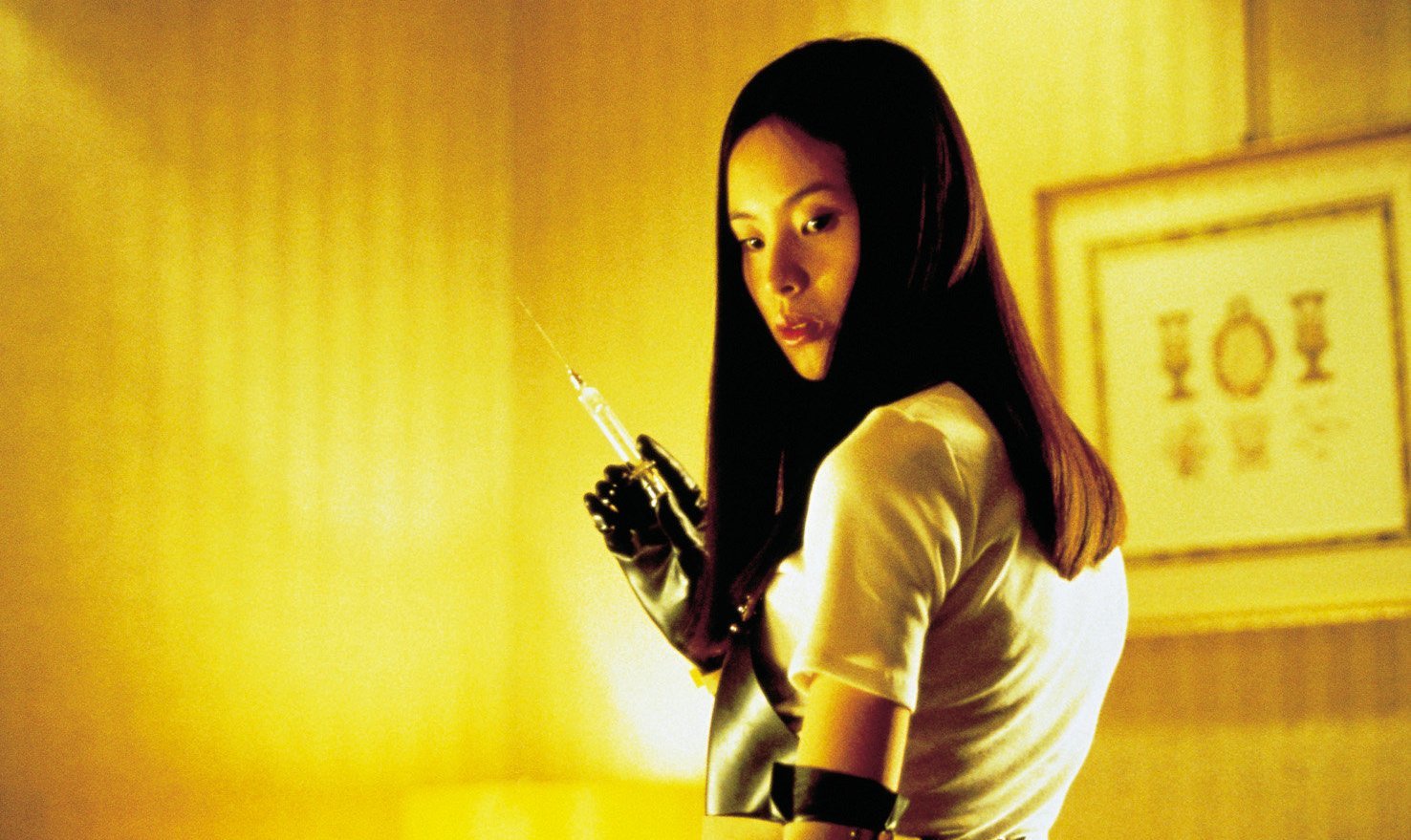
Probably the genre of Japanese cinema that has produced the most well-known contemporary Japanese films, J-horror brought to the forefront the style and aesthetics of the country, which have been somewhat forgotten after the V-cinema era. In the process, franchises that are still present were created, with their impact reaching Hollywood, which produced a number of remakes.
However, the genre has been thriving in the country since the 1960s, although in a very different fashion and without the title that made it famous.
Here is a list with 30 of the best films of the category, with a focus on diversion.
30. Ringu 0: Birthday (Norio Tsuruta, 2000)
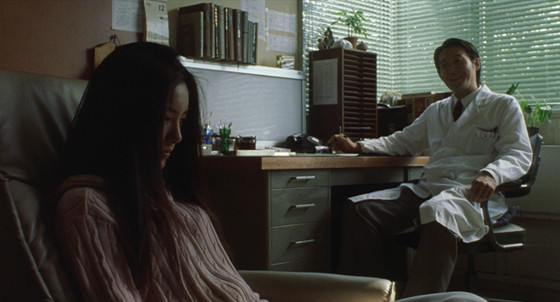
The prequel of this story deals with Sadako’s story, as she tries to become a theater actress, after advice from her doctor who tries to find a cure for her constant nightmares. Due to her beauty and charisma, she soon becomes the star of the troupe, but strange occurrences start to happen as her powers are revealed.
Hideo Nakata had already abandoned the trilogy, disappointed by the sequel, leaving it to Norio Tsuruta. However, the film was even worse than the second one, filled with clichés and drawing excessively from the original story. The result was, once again, quite horrifying, but the movie lacked the depth and originality of the first one.
29. Carved: The Slit Mouthed Woman (Koji Shiraishi, 2007)
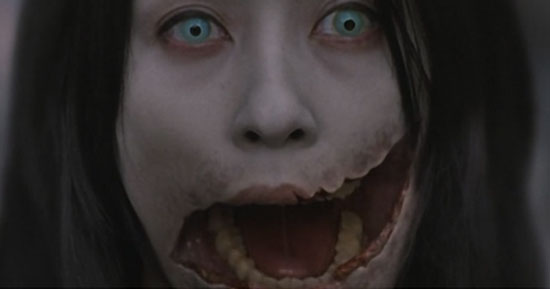
Based on a Japanese urban legend, “Carved” is one of the most cult entries on this list, and part of a large franchise that currently features seven films.
Decades ago, a spirit of a woman wearing a surgical mask terrorized a Japanese suburb, by asking people “Am I pretty?” before slaughtering them. Currently, similar incidents start happening again, and teachers and police try to discover who is turning against the students.
Koji Shiraishi directs a distinct B-movie, where terror derives from extreme violence and the grotesque depiction of the evil character. Furthermore, the concept of child abuse adds another level, both in the horrific and the grotesque aspects of the film. However, character development or plot twists are not to be expected.
28. Gemini (Shinya Tsukamoto, 1999)

Another film by Shinya Tsukamoto that stands apart from his usual aesthetics, “Gemini” is based on a story by Edogawa Rampo.
In Tokyo in 1910, Yukio is a successful doctor who is also popular due to his services in the war, and because he works often with victims of pestilence. The sole trouble in his life is his wife, who, although extremely beautiful, is an amnesiac. However, at one point, both of his parents are found dead, and the perpetrator seems to be a ragamuffin whose face is identical to Motoki’s.
Tsukamoto creates a visually great film that benefits the most from the set design (particularly in the traditional houses), the costumes, the truly onerous depictions of a number of characters, and the horrific sound.
However, the script and the direction have many faults, and although “Gemini” has its moments, it definitely stands on a lower level than other works of the director and the list.
27. Tag (Sion Sono, 2015)
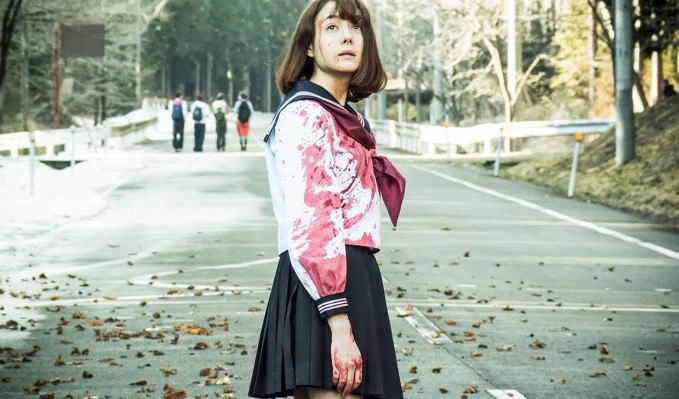
Based on the novel “Real Onigokko” by Yusuke Yamada, which has spawned six other films, “Tag” is another bloodthirsty trip by one of the masters of the category, Sion Sono.
The film starts in a fashion expected from Sono, as a bus filled with schoolgirls is torn in half along with them, by something that seems like wind, in a bloodbath that leaves only Mitsuko standing. The cutting in half of schoolgirls continues for a while, until Mitsuko arrives at a school where Aki greets her, although she cannot remember who she is.
The film continues in that fashion, with the protagonist finding herself in different settings; in one as Keiko, a woman who is about to get married, and in another as Izumi, a runner. The rest of the film is a sequence of battles and constant running, in a story that is quite hard to follow.
Sono drifted far away from the book, instead shooting a surrealistic “Alice in Wonderland” film of shorts, which is filled with many of his usual perverse themes and notions. In that fashion, the movie entails a good deal of violence and gore, gorgeous female protagonists, martial arts fighting among girls, some subtle lesbian notions and much fanservice, including schoolgirls in much too short skirts (to the point where their pants are often shown when they are running).
In general, it has anime aesthetics, not to mention the teachers on a killing spree, and the groom with the pig’s head that squeals.
26. Spiral (Higuchinsky, 2000)
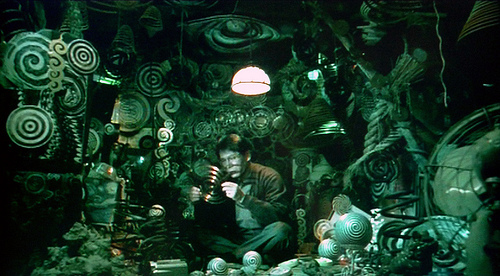
Based on the manga “Uzumaki” by Junji Ito, “Spiral” is a unique entry in the genre, as it combines horror with black comedy and surrealism.
The story revolves around a town that becomes obsessed with anything that has a spiral or vortex shape, until it reaches the point where most of its inhabitants start to act like human snails, crawling on walls and coming out only when it rains. Others become terrified of anything of that shape, to the point of suicide.
Higuchinsky managed to direct a film that is quite terrifying, despite the somewhat incoherent scenario and the frequent injections of black humor. This time, the sentiment derives almost exclusively from the sublime visuals, as spirals are portrayed in a uniquely terrifying fashion. The movie also benefits from the evocative atmosphere that Higuchinsky gradually builds.
25. One Missed Call (Takashi Miike, 2003)
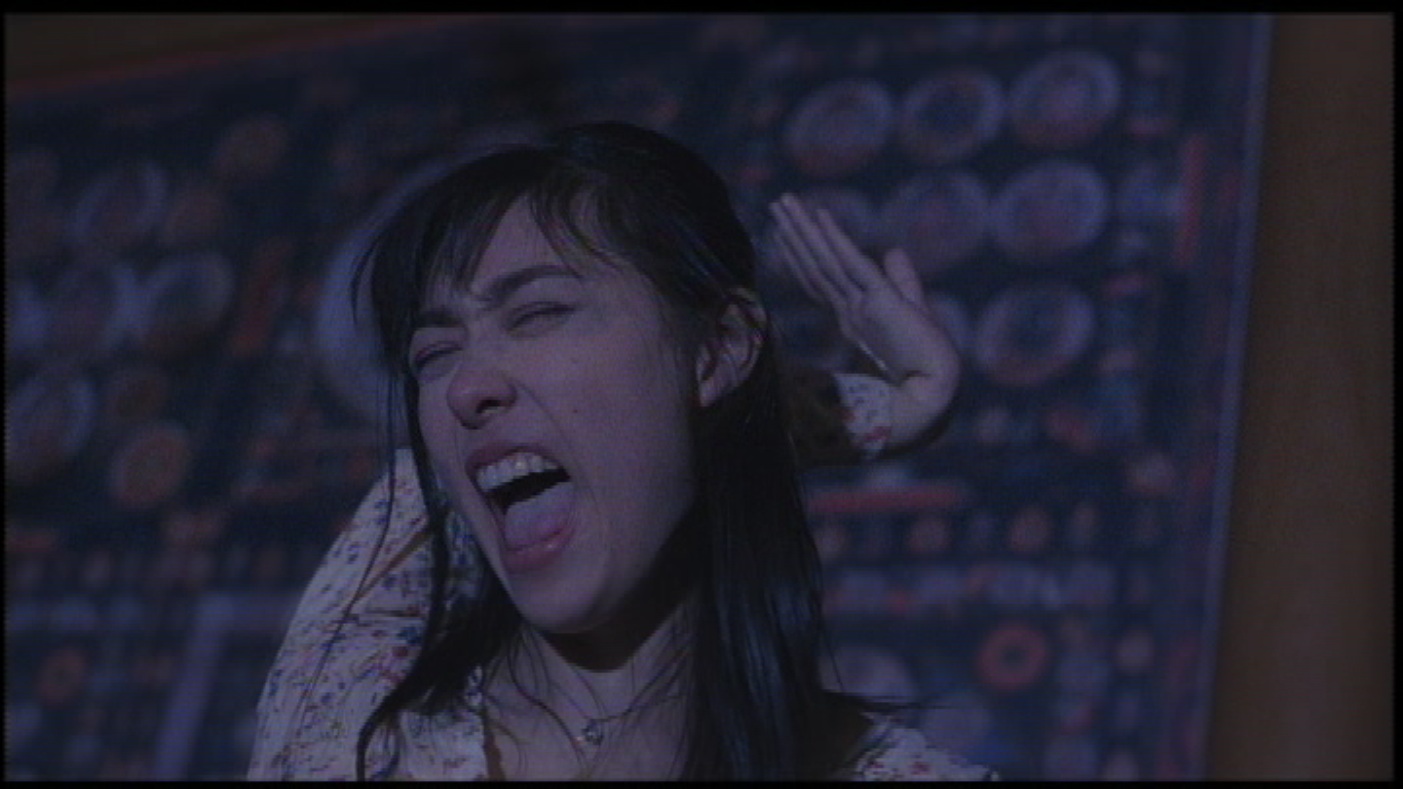
Although very similar to “Ringu” and “Ju-on”, “One Missed Call” had a large impact, spawning two sequels, a TV series, and a Hollywood remake.
College student Yoko receives a voicemail on her cell phone, which is dated two days in the future and she can hear herself screaming in it. Two days later she dies, and her friend, Yumi, starts to think that the phone call might have something to do with it. Soon after, she realizes that the she also has one missed call, as terror begins spreading on campus.
Takashi Miike directs a film so unoriginal that at times, it looks like a parody. However, his purpose was to shoot a movie similar to the Hollywood productions of the genre, and in that aspect, he totally succeeded. Furthermore, he injects his peculiar sense of humor and some grotesque visuals, as he makes a comment about the excessive cell phone use by the youth.
Despite its obvious faults, the film is quite entertaining, and it managed to become a big commercial success in Japan.
24. Zoo (Ryu Kaneda, Masaki Adachi, Hiroshi Ando, Komiya Masatetsu, Junpei Mizusaki, 2005)
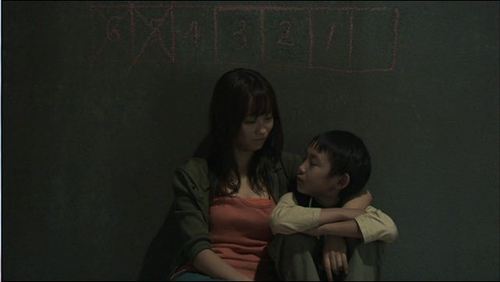
Probably the least known entry on the list, “Zoo” features five adaptations of Otsuichi novels, four live-action and one animated.
Because different individuals directed them, the five segments differ greatly, but there are some common elements. For example, all of them entail a depth in their script that is not usually met in the genre, and three of them feature extreme family stories (“Kazari and Yoko”, “Seven Rooms”, “So Far”).
“Hidamari no Shi” is the one that stands out, because it is animated and has a sci-fi setting. Furthermore, it is the most philosophical one.
The titular one is probably the weakest, as its surrealistic setting and the peculiar timeline makes it very hard to understand.
23. Nightmare Detective (Shinya Tsukamoto, 2006)
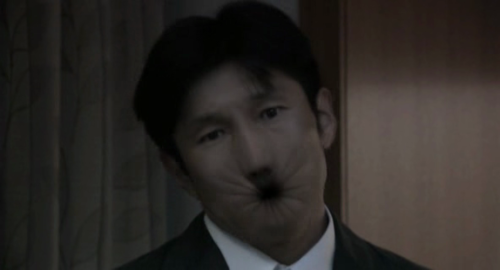
Shinya Tsukamoto refrained from his “metallic” hyper fast past to create his most commercial work, up to that point. However, the “guerilla shooting” element remained, as he was responsible for the direction, the script, the cinematography, the editing, the art design, and even had a role in the film.
The script revolves around three people in Tokyo. “O” plans to commit suicide along with a stranger he met online, but things take an even more horrifying turn. Keiko Kirishima is a detective dealing with the case of two mutilated corpses who appear to have committed suicide. As she’s reached a dead end in her investigation, she requests the help of a young man who has the ability to enter people’s dreams. Although he is reluctant to help, he eventually agrees and the three of them embark on a trip of terror.
Although the concept of living nightmares is not new, Shinya Tsukamoto took it to another level, one more horrific and grotesque than any similar movie before, as his depiction of what happens in people’s nightmares is quite gruesome.
The film’s biggest trait, though, is that Tsukamoto managed to retain his unique, experimental aesthetics, despite the commercial nature of the film.
22. Ringu 2 (Hideo Nakata, 1999)
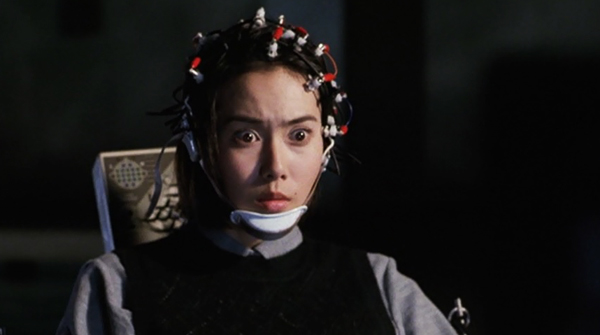
Mai Takano, Ryuji Takayama’s university assistant, tries to find out the causes of his death, along with another colleague named Okazaki. Soon, they stumble upon the story of the videotape and Sadako. However, true terror engulfs them when they realize that Ryuji’s son has the same abilities Sadako had.
The film retains the horrific atmosphere of the original, as it benefits the most from the already elaborate stories of Sadako and the videotape. However, as the social messages are not present and the initial shock is toned down, “Ringu 2” definitely stands on a lower level than its predecessor.
21. Marebito (Takashi Shimizu, 2004)
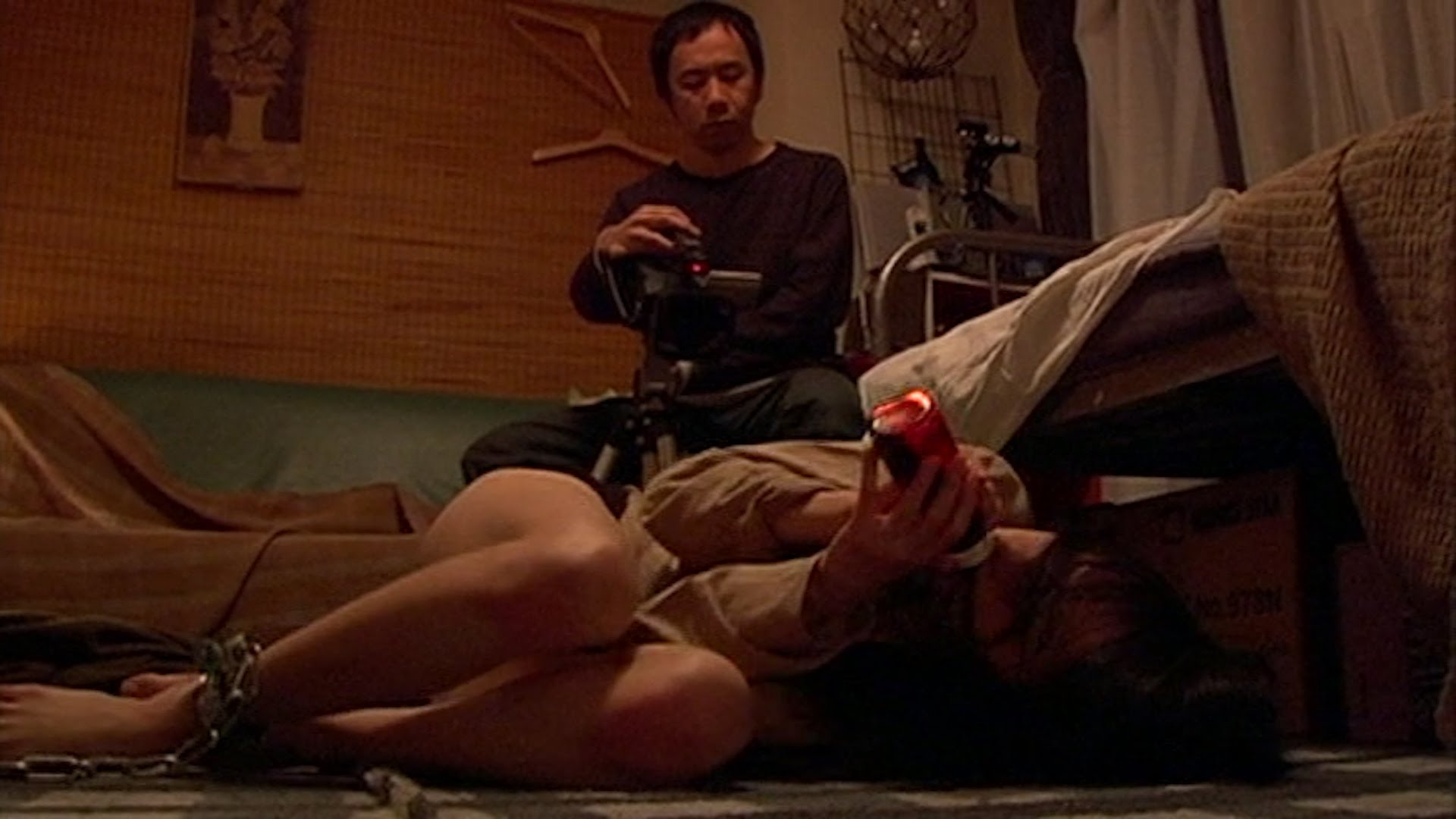
Another cult entry on the list, “Marebito” was shot rather quickly, with a digital camera and a miniscule budget, and even featured Shinya Tsukamoto in the protagonist role.
Masuoka is obsessed with video of any kind, and splits his time between watching random videos on his many monitors and recording in the streets with his camera. One day he records a man committing suicide, who seems to be under the influence of an image only he can see. Masuoka becomes obsessed with this image and starts searching for it.
Takashi Shimizu directs a confusing film, which does not offer a definite outcome whether Masuoka is delusional or if the setting actually belongs to the fantastic. However, he manages to construct a horrific atmosphere through the slow and deliberate pace, the scarce dialogue, and the plethora of uncanny images and occurrences, which linger between the extreme and the fantastic.